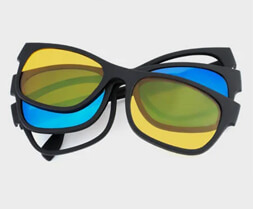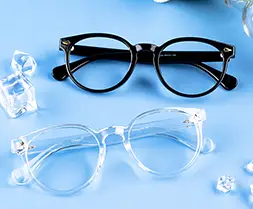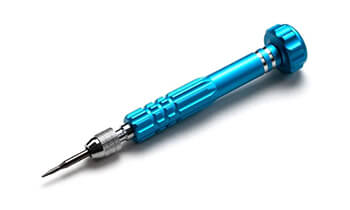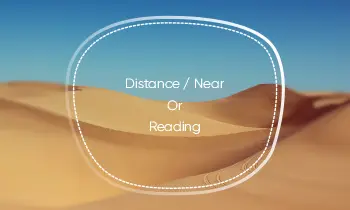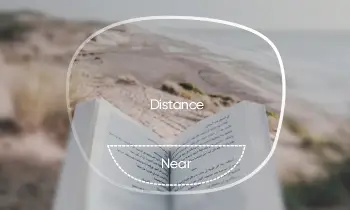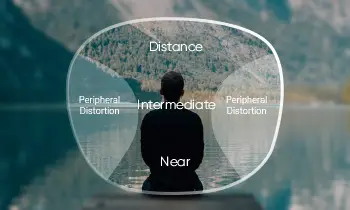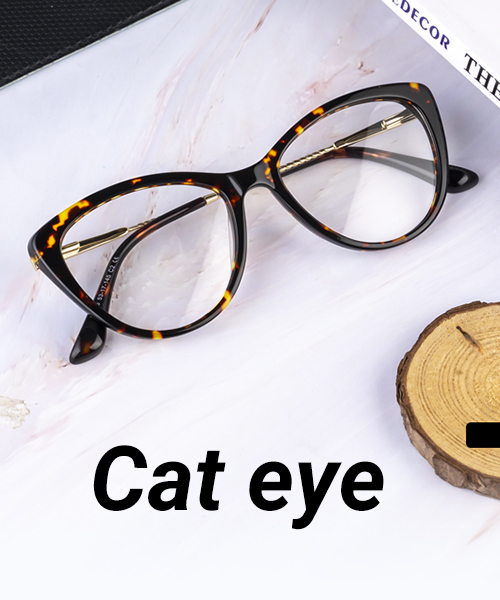Do you know what the Cylinder (CYL) on your prescription list is? What does it have to do with eye prescriptions? And what is the relationship to the spherical (SPH) data?
Cylinder is often also called astigmatism. Many people who are nearsighted at the time of their eye exam are often told by their doctors that they also have astigmatism (Cylinder or CYL). So people have the misconception that nearsightedness and cylinders go hand in hand. They are not. Nearsightedness and astigmatism are common eye diseases and do not necessarily occur together.
Nearsightedness means that the eye's range of vision can only see near objects and not distant objects. And what is astigmatism or Cylinder? I believe most people do not know what it is, so here is a specific introduction.
What is Cylinder (Astigmatism)?
Astigmatism occurs mainly because our corneal surface has different degrees of curvature. This is Cylinder (astigmatism) when light cannot form a focal point on the retina after entering the eye.
Cylinder (Astigmatism) is divided into three main conditions: first, regular astigmatism; second, irregular astigmatism; and third, oblique astigmatism. Distinguish the type of astigmatism mainly by using proper medical equipment to determine the position of the maximum refractive power of the eye with respect to the central meridian.
Symptoms of Cylinder (Astigmatism)?
Patients with Cylinder (astigmatism) often feel fatigued in their eyes, and their vision may be significantly diminished, mainly by squinting and frowning when looking at distant targets. Patients with high Cylinder (astigmatism) may not be able to see clearly in the near and far, and sometimes they may experience blurring and double vision. In severe cases, dizziness, eye swelling, headache, and even tearing may occur.
Correction of Cylinder (Astigmatism)?
Regular astigmatism is mainly corrected with different cylindrical lenses by type and degree of astigmatism. For farsighted astigmatism, convex cylindrical lenses are used; for nearsighted astigmatism, concave cylindrical lenses are used; for irregular astigmatism, correction is usually done through corneal contact lenses; in addition to these, surgery can be used for correction.
The difference between Cylinder and nearsightedness
Nearsightedness is a condition in which you can't see things clearly at a distance, but near, things are still every day. At the same time, astigmatism causes difficulty seeing things near and far, meaning that astigmatism causes more severe visual impairment than nearsightedness. Astigmatism does not usually occur alone but often in conjunction with nearsighted or farsightedness.
Ensuring healthy eye use is the best way to prevent all types of eye diseases.
Shop our eyeglasses
Shop our sunglasses







